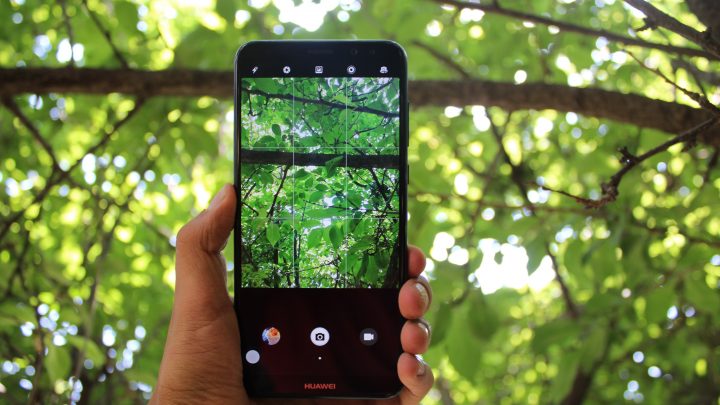Information Box Group
About iNaturalist Learn how to get started (PDF)
Help us explore our surrounding nature by starting in your own backyard!
iNaturalist is a citizen science app that allows users across the globe to observe, identify, and share information and knowledge on local biodiversity.
Starting January 1, 2024 the City of Hamilton’s fourth Natural Areas Inventory commenced. The 2024-2026 Hamilton Natural Areas Inventory (NAI) is a cooperative initiative led by the Hamilton Naturalists’ Club (HNC), City of Hamilton, and Hamilton Conservation Authority (HCA). In the NAI project you can record species anywhere in Hamilton and see what other people in the McMaster University community have found.

